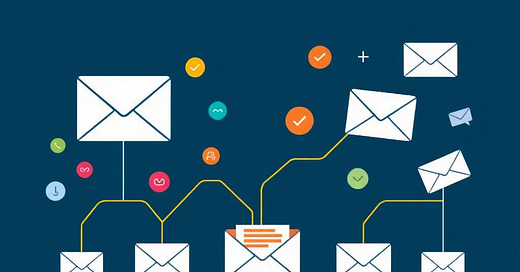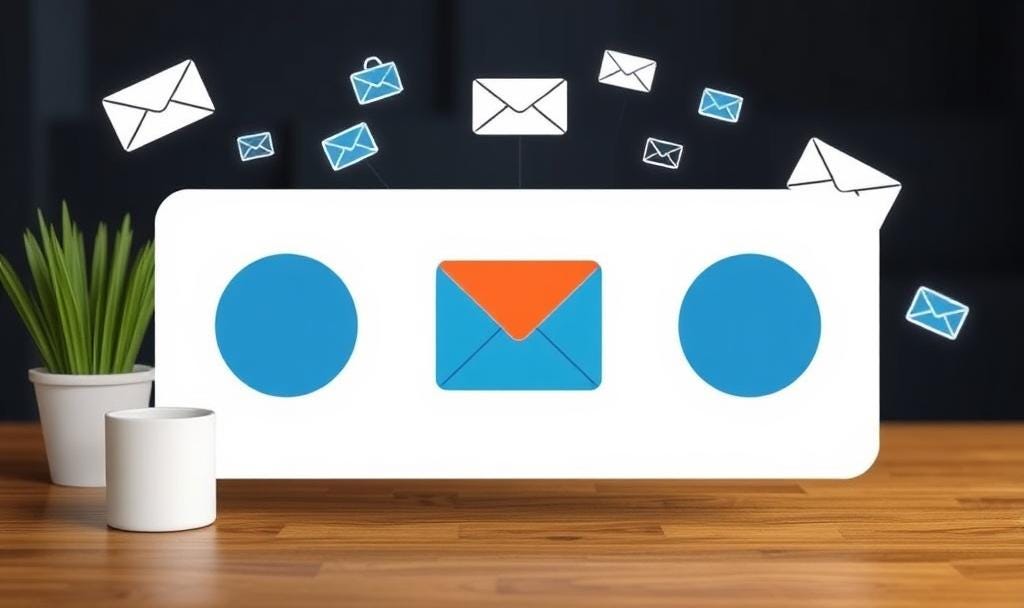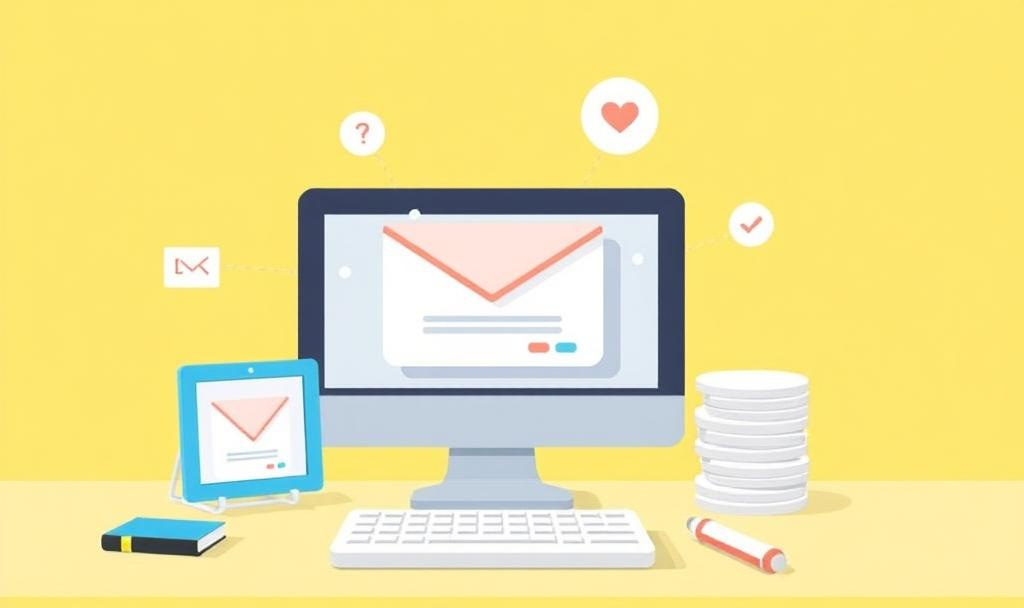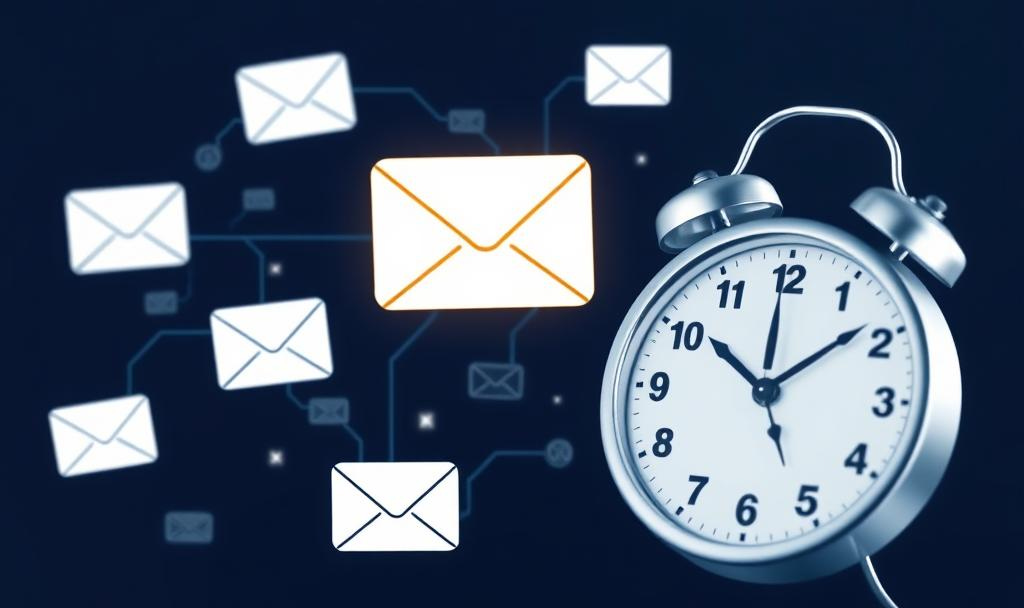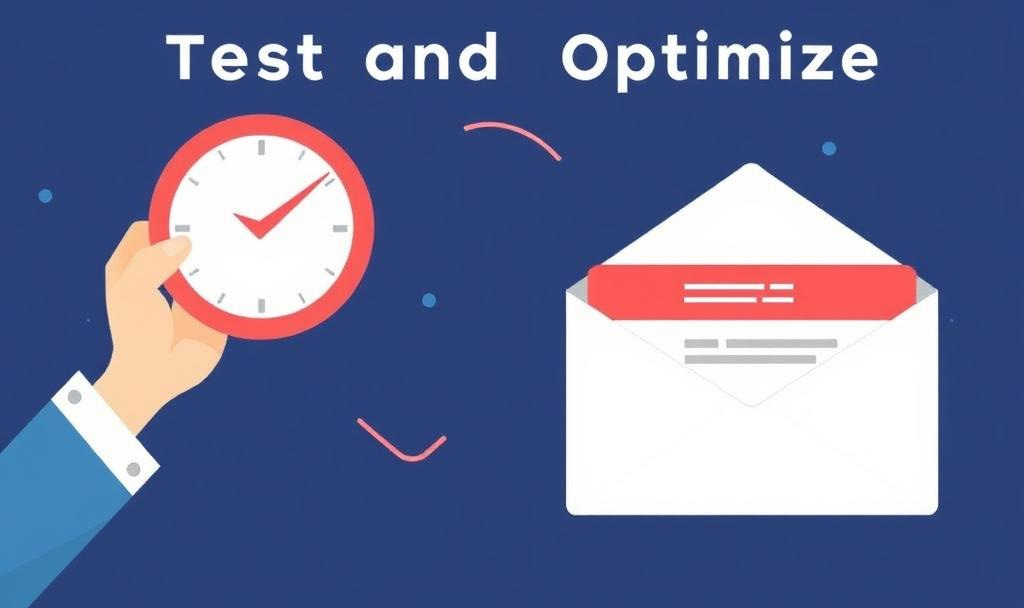The Best Email Marketing Strategies for E-commerce: Boost Sales and Build Customer Loyalty
Drive Sales, Engage Customers, and Build Loyalty with Proven Email Marketing Tactics.
Email marketing remains one of the most effective channels for e-commerce businesses to drive sales, engage customers, and build long-term relationships. With an average ROI of 36 forevery 1 spent, email marketing is a cost-effective way to reach your audience directly and deliver personalized experiences. However, with inboxes becoming increasingly crowded, standing out requires a strategic approach.
In this guide, we’ll explore the best email marketing strategies for e-commerce, providing actionable tips, examples, and tools to help you maximize your email campaigns’ effectiveness.
Why Email Marketing is Essential for E-commerce
Email marketing offers several unique advantages for e-commerce businesses:
Direct Communication: Reach your customers directly in their inboxes.
Personalization: Deliver tailored messages based on customer behavior and preferences.
High ROI: Achieve significant returns with minimal investment.
Customer Retention: Build loyalty and encourage repeat purchases.
Automation: Save time with automated workflows and triggered emails.
By leveraging these benefits, you can create email campaigns that drive sales and foster customer loyalty.
1. Build and Segment Your Email List
A high-quality email list is the foundation of successful email marketing. Here’s how to build and segment your list effectively:
Build Your List
Offer Incentives: Encourage sign-ups with discounts, free shipping, or exclusive content.
Use Pop-Ups and Exit-Intent Forms: Capture leads before they leave your site.
Leverage Social Media: Promote your newsletter on platforms like Instagram and Facebook.
Add Sign-Up Forms to Your Website: Place forms on your homepage, product pages, and checkout page.
Segment Your List
Segmentation allows you to send targeted emails based on customer behavior, preferences, and demographics. Common segmentation criteria include:
Purchase history
Browsing behavior
Geographic location
Engagement level (e.g., active vs. inactive subscribers)
2. Craft Compelling Subject Lines
Your subject line is the first thing recipients see, so it must grab their attention and entice them to open your email. Tips for writing compelling subject lines:
Keep it short (under 50 characters).
Use action-oriented language.
Create a sense of urgency or exclusivity.
Personalize with the recipient’s name or location.
A/B test different subject lines to see what works best.
Examples:
“Last Chance: 50% Off Ends Tonight!”
“[Name], Your Exclusive Offer Awaits!”
“New Arrivals: Shop the Latest Trends”
3. Personalize Your Emails
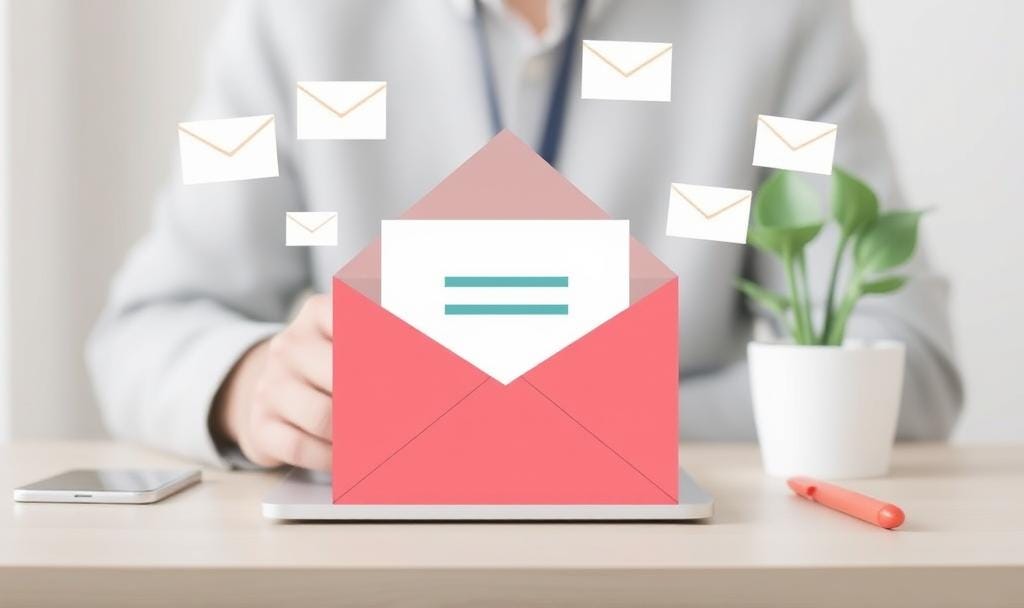
Personalization goes beyond using the recipient’s name. It involves tailoring your emails to meet individual preferences and behaviors. Ways to personalize your emails:
Product Recommendations: Suggest items based on past purchases or browsing history.
Dynamic Content: Show different content to different segments (e.g., men’s vs. women’s clothing).
Behavioral Triggers: Send emails based on specific actions, such as abandoned carts or recent purchases.
Example:
“Hi [Name], We Thought You’d Love These New Arrivals!”
4. Use Automation to Save Time
Email automation allows you to send timely, relevant messages without manual effort. Key automated campaigns for e-commerce include:
Welcome Series
Send a series of emails to new subscribers to introduce your brand and encourage their first purchase.
Abandoned Cart Emails
Remind customers about items left in their cart and offer incentives like discounts or free shipping to complete the purchase.
Post-Purchase Follow-Ups
Thank customers for their purchase and request feedback or reviews.
Suggest complementary products to encourage repeat purchases.
Re-Engagement Campaigns
Target inactive subscribers with special offers or reminders about your brand.
5. Optimize for Mobile
With over 60% of emails opened on mobile devices, optimizing your emails for mobile is non-negotiable. Tips for mobile-friendly emails:
Use a responsive design that adapts to different screen sizes.
Keep subject lines short and pre-header text concise.
Use large, tappable buttons for CTAs.
Avoid small fonts or cluttered layouts.
6. Leverage Visual Content
Visuals can make your emails more engaging and persuasive. Incorporate:
High-quality product images.
Videos showcasing your products in action.
Infographics or GIFs to highlight key information.
User-generated content (e.g., customer photos or reviews).
7. Include Clear CTAs
Your call-to-action (CTA) should be clear, compelling, and easy to find. Tips for effective CTAs:
Use action-oriented language (e.g., “Shop Now,” “Claim Your Discount”).
Make buttons stand out with contrasting colors.
Place CTAs above the fold and repeat them throughout the email.
Create a sense of urgency (e.g., “Limited Time Offer”).
8. Test and Optimize
Continuous testing and optimization are key to improving your email marketing performance. Conduct A/B tests on:
Subject lines
Email copy
CTAs
Send times
Design elements
Use analytics to track metrics like open rates, click-through rates, and conversion rates, and refine your campaigns accordingly.
Tools for E-commerce Email Marketing
Klaviyo: A powerful platform for email and SMS marketing with advanced segmentation and automation features.
Mailchimp: Offers user-friendly templates and automation workflows.
Omnisend: Combines email, SMS, and push notifications for omnichannel marketing.
HubSpot: Integrates email marketing with CRM and sales tools.
ActiveCampaign: Focuses on automation and personalized messaging.
Common Mistakes to Avoid
Overloading Subscribers: Avoid sending too many emails, which can lead to unsubscribes.
Ignoring Analytics: Regularly review performance data to identify areas for improvement.
Skipping Segmentation: Generic emails are less effective than targeted ones.
Neglecting Mobile Optimization: Ensure your emails look great on all devices.
Forgetting to Test: Always test your emails before sending them to your entire list.
Conclusion
Email marketing is a powerful tool for e-commerce businesses to drive sales, engage customers, and build loyalty. By implementing these best email marketing strategies, you can create campaigns that resonate with your audience and deliver measurable results.
Start by building a high-quality email list, personalizing your messages, and leveraging automation to save time. Continuously test and optimize your campaigns to stay ahead of the competition and maximize your ROI.
With the right strategies and tools, your e-commerce business can unlock the full potential of email marketing and achieve long-term success.

